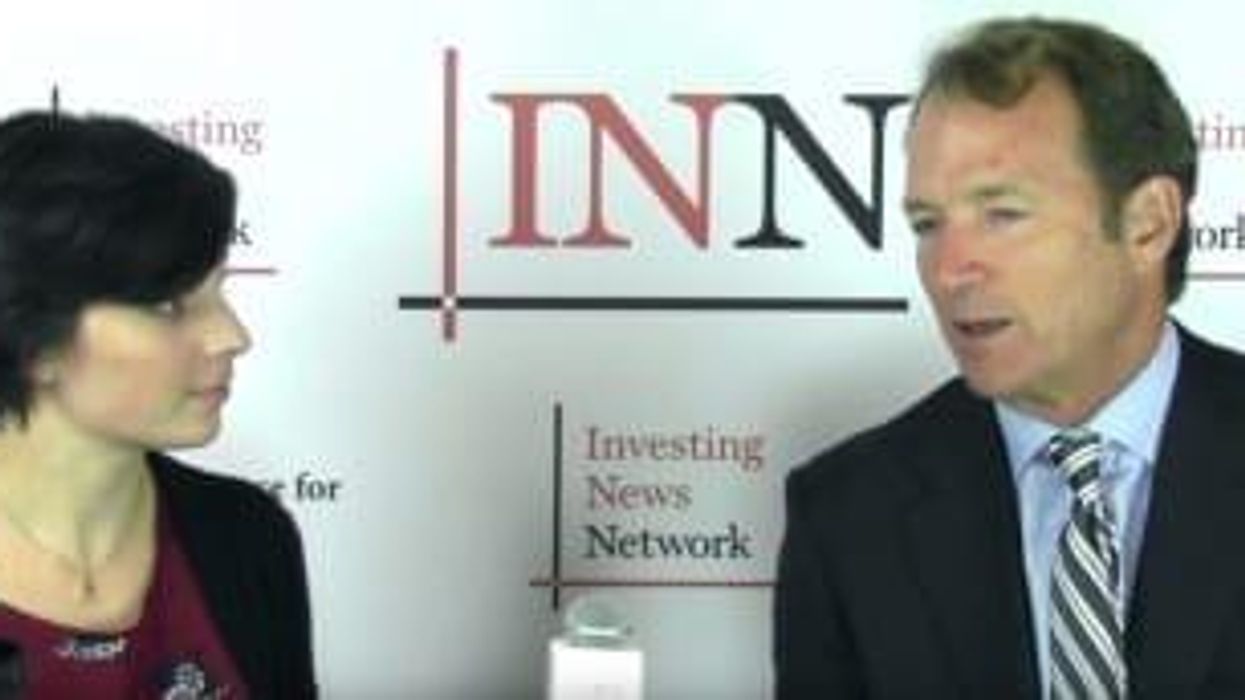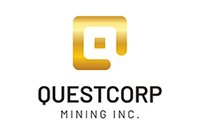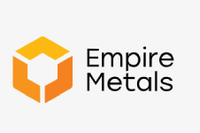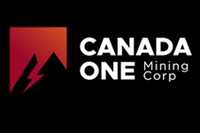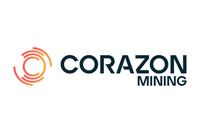Revelo Resources Chairman Michael Winn on Prospect Generation in Chile
Michael Winn, chairman at Revelo Resources, chats about the prospect generator model for junior miners and the benefits and challenges for mining companies in Chile.
At the 2015 Sprott-Stansberry Vancouver Natural Resource Symposium, Michael Winn, chairman at Revelo Resources (TSXV:RVL), took a few minutes to talk about the prospect generator model and the benefits and challenges for mining companies in Chile. Revelo has a portfolio of 19 projects in the country covering over 350,000 hectares.
While Chile is the world’s number-one copper producer, the country has its share of issues when it comes to mining. Most recently, ongoing strikes at operations run by state-owned Codelco have led the company to hold back spot refined copper offerings in order to conserve product for longer-term orders.
That said, while Winn admitted that there are certainly some challenges when it comes to mining in Chile, he believes that the “pros far outweigh the cons” when it comes to working in the country. “Chile produces some of the best copper deposits in the world and that is really what we focused on and where we are going to stay,” he said.
Winn also answered questions about the challenges of being a prospect generator, and about what investors can look forward to from Revelo in 2015. Watch the video above for more of what he had to say.
Interview Transcript
INN: Revelo is a prospect generator focused on copper in Chile. Could you give us a little bit of background on the company?
MW: The original company, Iron Creek Capital, was formed in 2007 and was focused on Chile. In the middle of 2013, we decided to make a shift in the business from being just strictly a company that drilled its own prospects to really focusing on one country and acquiring land.
In 2014, we raised about $5.5 million, and since then we’ve done three transactions: we bought a private Chilean entity that increased our portfolio, we merged with a company called Polar Star Mining (TSX:PSR) in December and then we did a small transaction with a subsidiary of Altius Minerals (TSX:ALS) — what that did was take our land package from just under 100,000 hectares in Chile to about 350,000 hectares. We have about 20 projects; it’s a combination of copper porphyry deposits, silver targets and IOCG. We looked in 2013 [at where we really wanted to be]. I guess we didn’t really see how bad the markets could actually get, but we focused on an area where: one, we could find partners, and two, in good markets and bad markets you could actually still do joint ventures and three, was in a prolific mineral belt.
Chile produces some of the best copper deposits in the world, and that is really what we focused on and where we are going to stay. There is a challenge sometimes in Chile to put land together, and that is why we focused on the public side first. And now we are just going to focus on increasing the land and doing joint ventures.
INN: That all sounds good for prospect generators, and I’ve definitely heard from analysts that they like the prospect generator model. But to play devil’s advocate a little bit, what is the hardest thing about being a prospect generator?
MW: Well, it is interesting, if you look at the evolution of prospect generators. It has been historically not a business model that the street has been receptive to. I think with the way the market has changed, capital markets are basically shut off. You really have to look to partners to do it and I think analysts have decided it is a good business. The challenge is, you end up farming out your prospect to an operator, to a major, who now controls it and you hope your agreement is such that money gets spent and your biggest challenge is time.
As anybody knows, a deposit takes a long time to discover. When you don’t control it necessarily – and someone else is and they are spending the money – I think the hard part is, you’ve sold off 80 percent over time. They have got to spend money, you lose control. Am I really interested in that prospect now?
It is a long time you don’t control it, versus someone who might say, “I’ve got 100 percent, I’m going to drill it out today.” I think that is really the challenge, trying to convince people that there is less risk when you play it this way. We have 20 prospects, and if we get 20 partners spending the money, we are no longer having to find capital. That is the most attractive part, but it is a process that takes time. A couple other companies that have done the model and it takes a long time to build up that portfolio of properties with partners spending, where your chance of discovery is real. And I think we have made two very good steps, which is to put the prospective plan together.
The second step is, we have three partners and the hard part now I think will be to bring another set of partners and this is a tough market. It’s tough for small companies and big companies so the ability to convince partners to spend money I think will be a challenge, at least in the near term. We like it in Chile because there are a lot of people and they are still spending a lot of money. We have signed 10 CA’s and hopefully that increases and we get some joint ventures.
INN: You’re talking about the tough market, but Revelo’s share price has been up in the past three months despite the falling copper price. Why do you think that is?
MW: We put the merger together of this business in December at what was at the time a $20 million enterprise and by the time we finished the merger, we were at about an eight. And I think when you look at the few competitors that are in our space, I think people looked at 350,000 hectares, $3 to $4 million in the bank – at the time we had a little bit of an equity portfolio of one company. It seemed exceedingly cheap and I think there is a lot of value in the market and I think it helped shareholders that were new to the business, who came in and they came in through the marketplace. I think it was a combination of people who realized what we had.
We are a pretty illiquid stock anyways. The stock goes from $0.08 to $0.12, it’s not on a lot of volume. So judge us over the longer term; if we can hold that increase and take it higher.
INN: Fair enough. Looking at the four prospects that you recently acquired from Altius Minerals — what drew you to those?
MW: It was kind of, part and parcel. Altius approached us. They are running a business in Chile similar to us, they saw our transaction with Polar Star and they said, hey, we would like to discuss a business arrangement. When we started looking at their business portfolio, they happened to actually acquire a property called Morsas. It is one of our new ones, and it was in an area that we had been looking at for, I don’t know, two years to stake ground in. Clearly something they could do, we thought we could do, they had staked an area that we liked. So there was an attraction on the property side and then the relationship to be a partner with an Altius, they came in as an investor and put in three quarters of a million dollars ($750,000) into the company . That is a good shareholder to bring to the register and a good vote of confidence for our business model and we hope it leads to something bigger.
INN: Back to Chile. You talked a little bit about this already, but there have been some problems there with Codelco and some of the bigger miners seeing protests at their mines. What have you found to be the biggest benefits and challenges of working in Chile?
MW: If you look at the single most important aspect, it’s its prospectivity. It is prolific for copper, gold and silver. Challenges for mining companies there [are] going to be water; you heard that in the talk this afternoon with Robert Friedland. Chile has issues with that, but if you compare Chile to the rest of, say, the Americas, I think the pros far outweigh the negatives. [In terms of] the issue with Codelco at their mine, there are always going to be workers issues and I’m not familiar with it as much, but there are always going to be some workers issues, particularly in this space where I think we may see lower wages in some cases. You look at mining. You look at what can you do over the long run. Can you secure the land? Can you hold it cheaply? Can you get partners to spend money? And you need time on your hand and I think that actually works for Chile really well. There will be issues, but I think those pros far outweigh the cons.
INN: One final question: what can investors look forward to from Revelo for the rest of the year?
MW: I think there are two parts. One, is that we’ve got a land package that probably represents the upper end at the moment of what we would acquire, so I don’t think I would see another acquisition of substance. We will try to take some of our projects and turn them into joint ventures and we would hope that one or two, maybe three of our partners exit the year with a drilling program or even in the third or fourth quarter. No certainty, the partners are looking to spend, their budgets for 2015 are in the order of $3 to $4 to $5 million and we are hopeful that one or two of them will drill. In particular, the joint venture with Newmont (NYSE:NEM) at Montezuma I think has quite a lot of excitement. It was the flagship property of Polar Star and I think it is an interesting one to watch.
Securities Disclosure: I, Teresa Matich, hold no direct investment interest in any company mentioned in this article.
Editorial Disclosure: The Investing News Network does not guarantee the accuracy or thoroughness of the information reported in the interviews it conducts. The opinions expressed in these interviews do not reflect the opinions of the Investing News Network and do not constitute investment advice. All readers are encouraged to perform their own due diligence.
